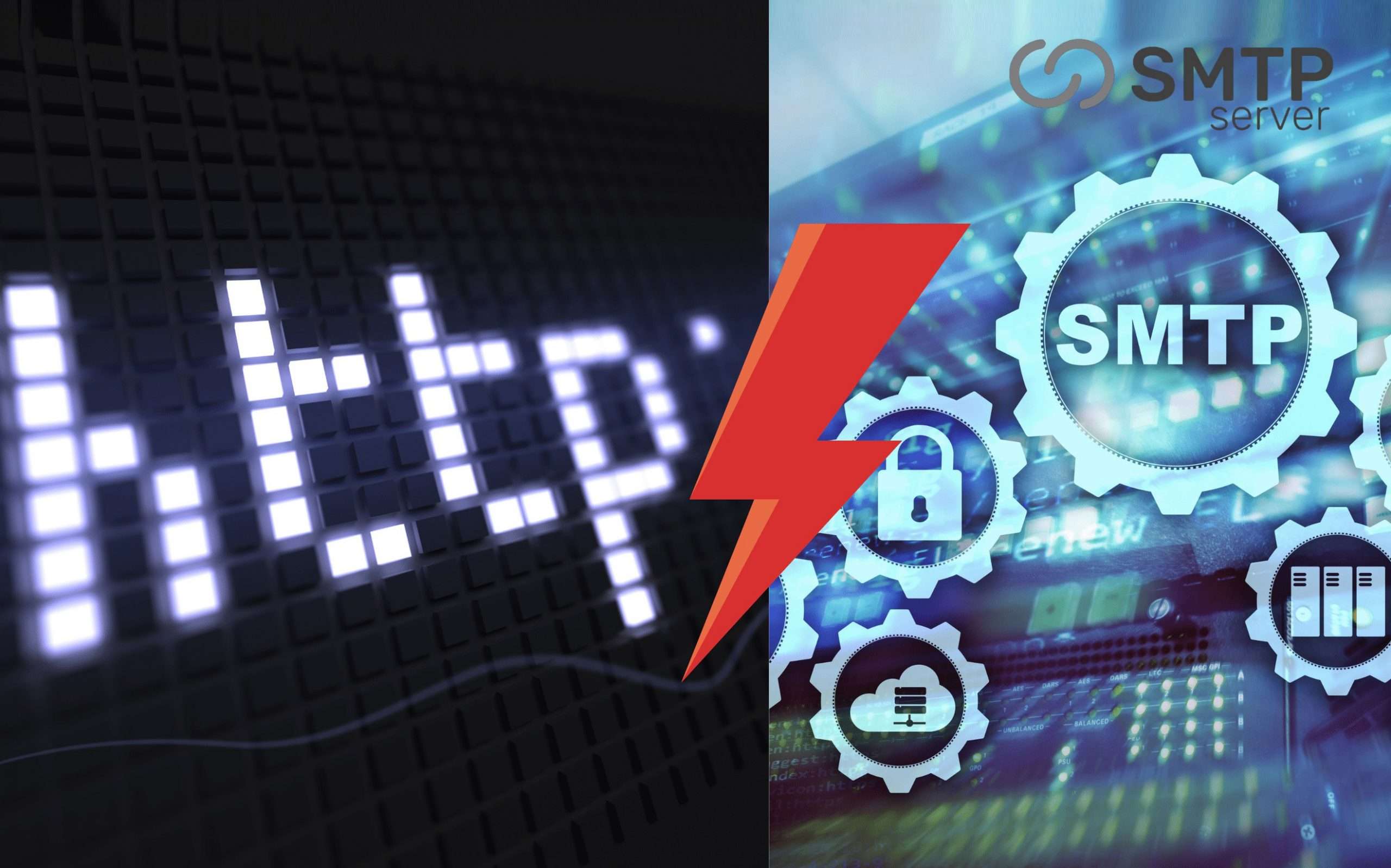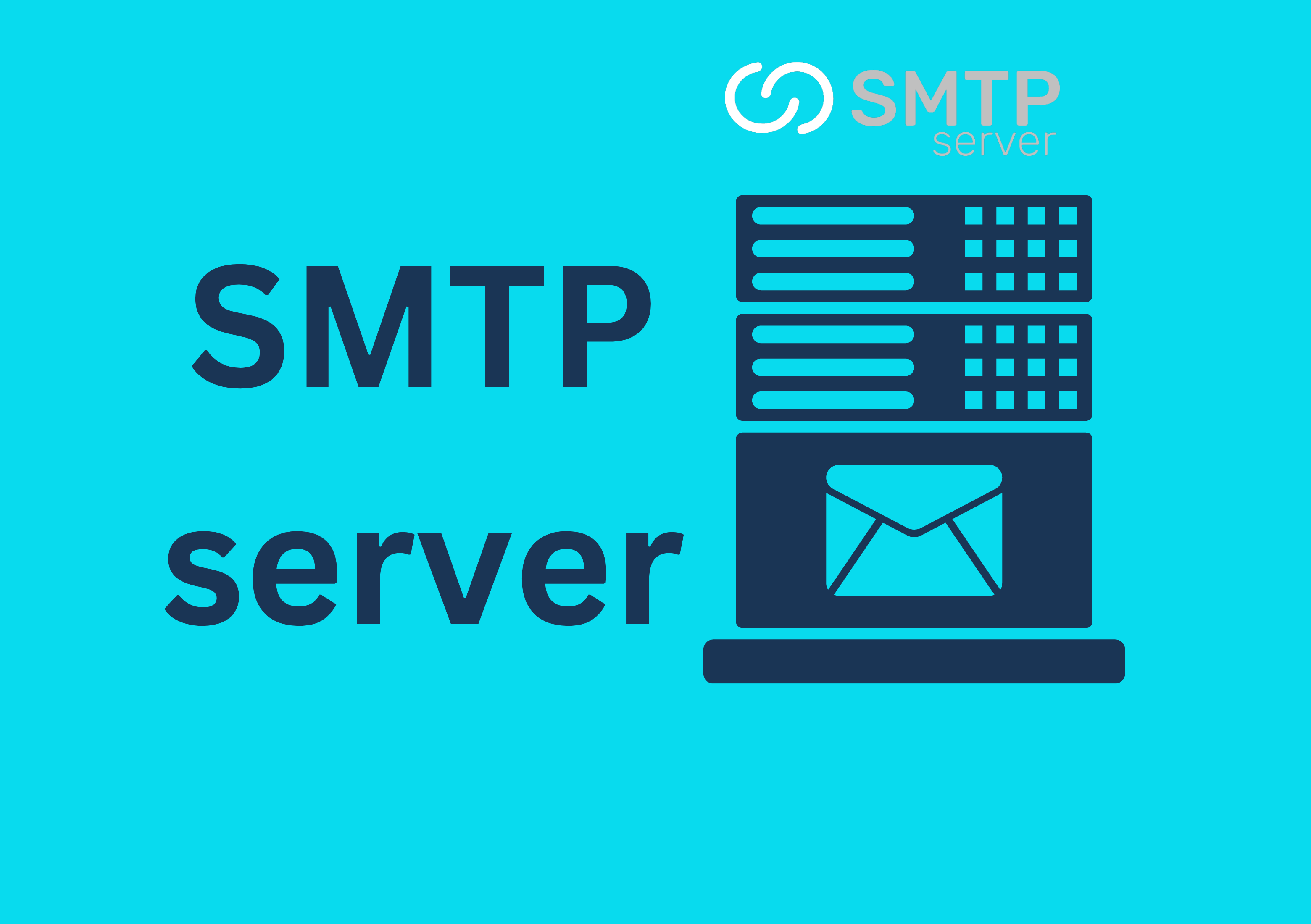6,924 total views, 11 views today
The proper protocol selection is essential when sending transactional emails. Simple Mail Transmission Protocol (SMTP) and Hypertext Transfer Protocol are the two most widely used protocols (HTTP). Which one is superior for transactional emails, despite the fact that both have their benefits? In this article, we’ll compare SMTP and HTTP in-depth to assist you in selecting the protocol that is most appropriate for your requirements.
1. What is SMTP?
SMTP or Simple Mail Transfer Protocol. It is a communication protocol used to send and receive emails over the internet. SMTP was first introduced in 1982 and has since become the industry standard for email transmission.
2. How does SMTP work?
SMTP works by breaking up an email message into smaller parts and sending them to the recipient’s email server in a series of steps. The recipient’s email server then reassembles the message and delivers it to the recipient’s inbox.
3. What is HTTP?
HTTP stands for Hypertext Transfer Protocol. It is a communication protocol used for transferring data over the internet. HTTP is used for accessing websites, transferring files, and sending messages.
4. How does HTTP work?
HTTP works by sending requests from a client (such as a web browser) to a server. The server then responds to the request by sending back the requested data. HTTP is used to access web pages, images, videos, and other content on the internet.
5. SMTP vs HTTP for transactional emails: Pros and Cons
Both SMTP and HTTP can be used for sending transactional emails. However, each protocol has its own advantages and disadvantages.
6. SMTP pros and cons for transactional emails
Pros
- Reliability: SMTP is a reliable protocol for sending emails. It has been around for decades and has proven to be a reliable way to send messages.
- Authentication: SMTP supports various authentication methods, including SMTP-AUTH and STARTTLS, which help ensure that emails are sent from authorized senders.
- Deliverability: SMTP is designed specifically for sending emails, which makes it more likely that your messages will be delivered to the recipient’s inbox.
Cons
- Security: SMTP was not designed with security in mind and is vulnerable to various types of attacks, including spam, phishing, and spoofing.
- Configuration: Configuring an SMTP server can be complex and requires technical expertise.
- Deliverability: While SMTP is designed to deliver emails to the recipient’s inbox, there is no guarantee that your message will not end up in the recipient’s spam folder.
7. HTTP pros and cons for transactional emails
Pros
- Ease of use: HTTP is a user-friendly protocol that is easy to work with. It requires minimal configuration and is easy to set up.
- Security
Cons
- Reliability: HTTP was not designed specifically for sending emails, which means there is a higher chance of messages getting lost or not being delivered.
- Authentication: HTTP does not have built-in authentication methods like SMTP, which means that you need to rely on third-party authentication services or implement your own.
- Deliverability: HTTP messages are more likely to end up in the recipient’s spam folder, as they are not specifically designed for email transmission.
8. Which protocol is best for transactional emails?
When you have to choosing between SMTP and HTTP for transactional emails, there is no clear winner. The choice depends on your specific needs and requirements.
If reliability and deliverability are your top priorities, SMTP is the better choice. SMTP was specifically made for sending emails, and as a result, it has proven to be a reliable way to send messages.
On the other hand, if ease of use and security are more important to you, HTTP is the better choice. HTTP is easy to set up and requires minimal configuration. Additionally, it is more secure than SMTP, as it supports modern encryption standards like HTTPS.
Ultimately, the choice between SMTP and HTTP comes down to your specific needs and requirements. Consider all the sides of each protocol before making a decision.
9. Factors to consider when choosing a protocol
When choosing between SMTP and HTTP for transactional emails, there are several factors to consider. These include:
- Reliability: How important is it that your messages are delivered reliably?
- Deliverability: How important is it that your messages end up in the recipient’s inbox?
- Security: How important is it that your messages are secure and protected from attacks?
- Authentication: How important is it that your messages are sent from authorized senders?
- Ease of use: How important is it that the protocol is easy to use and configure?
Consider these factors when choosing a protocol for your transactional emails.
10. Conclusion
In conclusion, both SMTP and HTTP can be used for sending transactional emails. SMTP is more reliable and better suited for delivering messages to the recipient’s inbox, while HTTP is easier to use and more secure.
When choosing between the two protocols, consider your specific needs and requirements. If reliability and deliverability are your top priorities, SMTP is the better choice. If ease of use and security are more important to you, HTTP is the better choice.
11. FAQs
1. What is a transactional email?
A transactional email is an email that is triggered by a specific action or event, such as a purchase confirmation or password reset.
2. What are some examples of transactional emails?
Examples of transactional emails include order confirmations, shipping notifications, and password reset emails.
3. Can I use both SMTP and HTTP for transactional emails?
Yes, you can use both protocols for sending transactional emails. However, it is important to consider the pros and cons of each protocol before making a decision.
4. Is SMTP or HTTP more secure for transactional emails?
HTTP is generally considered more secure than SMTP, as it supports modern encryption standards like HTTPS.
5. Can I use a third-party service for transactional emails?
Yes, there are many third-party services available that can handle your transactional emails, such as SMTPServer, SendGrid, Mailchimp, and Amazon SES.





